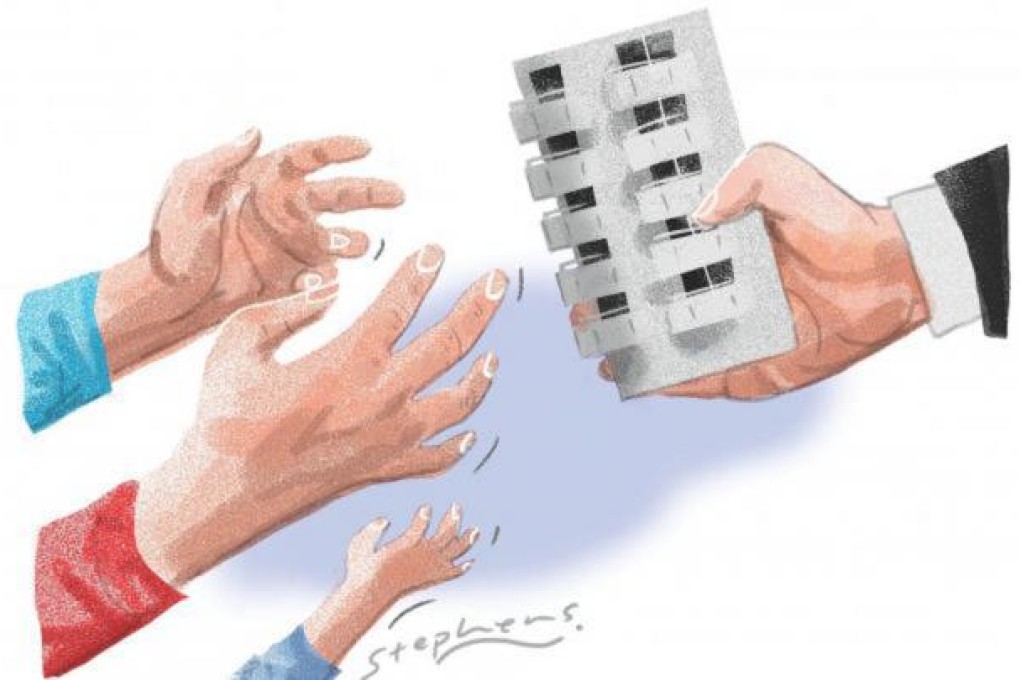China could learn from Singapore's public housing model
Winston Mok says China could set up a national housing board similar to Singapore's to drive its ambitious plan for affordable urban housing, rather than rely on reluctant local officials

Even with the small dip after strong control measures, housing prices in Hong Kong remain near a historic high. With its property among the most expensive in the world, Hong Kong has long grappled with the problem of housing affordability. The government relies on land sales as a major source of income and lacks a coherent housing strategy. To effectively address it, a co-ordinated programme should have been put in place more than two decades ago.
Yet mainland China has worse housing problems than Hong Kong. But it is not too late to fix it. Only about 10 per cent of mainland urban housing is public housing, compared to Hong Kong's 50 per cent. In contrast, more than 80 per cent of Singaporeans live in Housing Development Board flats, mostly owner-occupied. Through this public housing scheme, Singapore has achieved the highest home ownership rate in Asia - at 90 per cent, according to the latest figures - contributing to its social stability.
Expensive housing is one of the obstacles standing in the way of mainland China's urbanisation. Using the housing price-to-income ratio as an indication, mainland cities have a ratio of 16 (comparable to Hong Kong's 18, much higher than Singapore's 6), among the highest in the world.
Nobel Prize winner Mo Yan, who originally came from a farming village, half jokingly said that he would like to use his sizeable prize money to buy an apartment in Beijing, but given the high prices, he could afford only a modest apartment outside the downtown areas.
China has introduced a series of measures to cool the housing sector. From the beginning of this month, a 20 per cent capital gains tax has been levied on second-hand property transactions in many cities. As with many earlier measures deemed ineffective, this latest tax is seen by some as counterproductive in the long term. These control measures restrict demand without increasing supply.
Only ample supply will keep prices affordable. Therefore, the fundamental solution is a significant public housing programme, which would increase overall supply and reduce demand for commercial housing at the same time.
While China has embarked on an ambitious programme of building 36 million public housing units in the five years from 2011, the target is unlikely to be met if left in the hands of local governments. After a surge in 2011 and peaking in 2012, central government subsidies for public housing have declined this year, heralding a potential slowdown of the programme. Since it began, the number of new starts has declined year by year, and fewer than 5 million units have been completed per year. At this rate, by 2015 the number is unlikely to exceed 25 million.